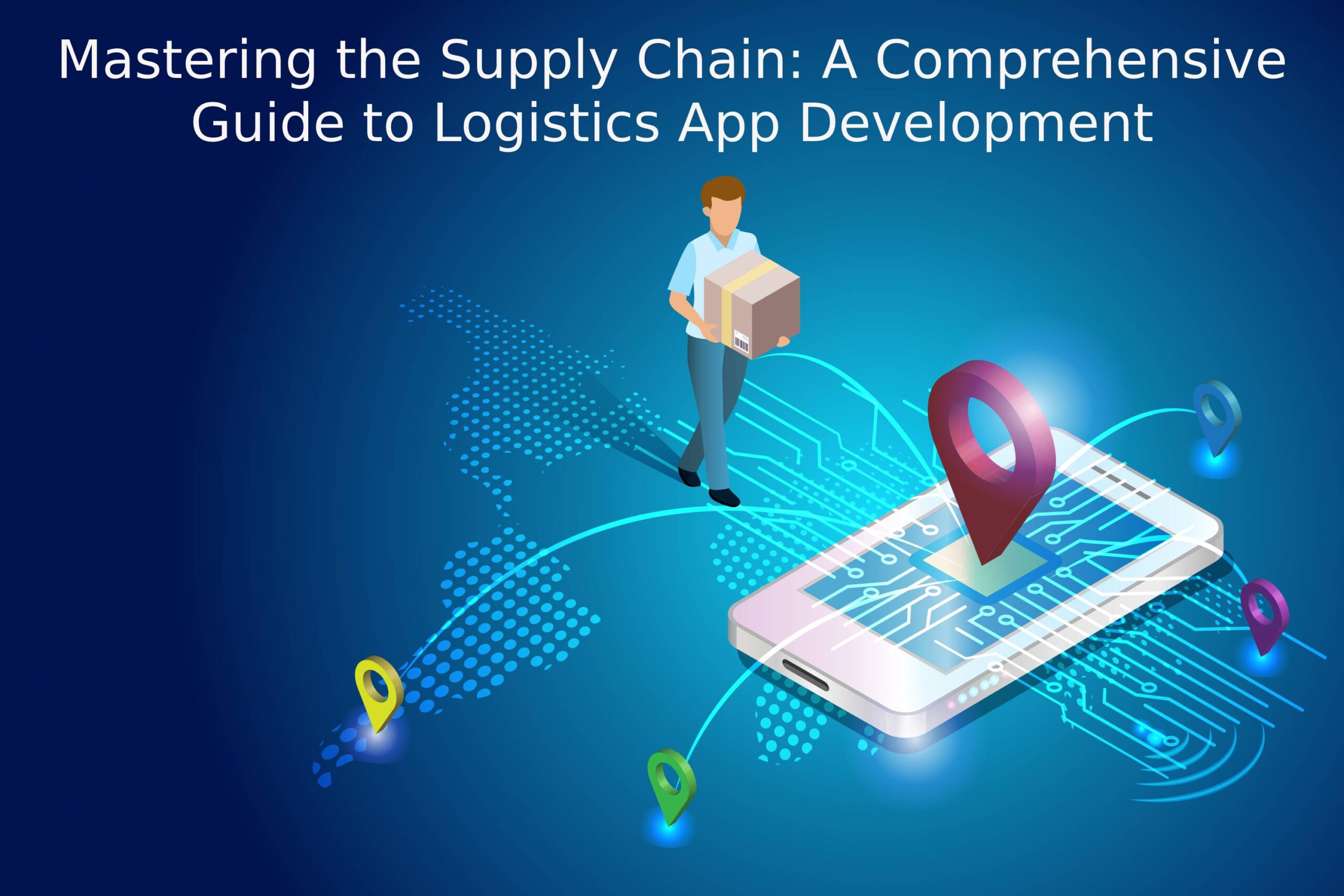Developing a logistics app can be a complex but rewarding endeavor. Logistics apps are used to streamline the movement of goods, manage inventory, optimize routes, and track shipments. Here’s a step-by-step guide to help you get started with logistics app development:
1. Define your objectives:
Understand your business goals and objectives for the logistics app. Determine the specific problems you want to solve or processes you want to optimize.
2. Market Research:
Research the logistics industry to identify your target audience, competitors, and market trends. This information will help you tailor your app to meet market needs.
3. Select App Type:
Decide on the type of logistics app you want to develop. Common types include transportation management systems (TMS), warehouse management systems (WMS), and supply chain management (SCM) apps.
Features and Functionality:
Identify the essential features your app should have. Common features include order management, inventory tracking, route optimization, real-time tracking, reporting, and analytics.
Technology Stack:
Choose the technology stack for your app, including the programming language, frameworks, and databases. Popular choices include JavaScript, Python, Ruby, and various backend technologies.
Mobile Platform:
Decide whether you want to develop a mobile app, a web app, or a combination of both. If creating a mobile app, choose between iOS, Android, or cross-platform development.
UI/UX Design:
Create an intuitive and user-friendly design for your app. Hire a skilled UX/UI designer to ensure a seamless user experience.
Backend Development:
Build the server-side components of your app to handle data storage, user authentication, and business logic. Consider using cloud services for scalability and reliability.
Frontend Development:
Develop the user interface for your app, ensuring it integrates with the backend seamlessly. Consider using frameworks like React, Angular, or Vue.js for web apps or React Native or Flutter for mobile apps.
Real-Time Features:
Implement real-time tracking, notifications, and communication features using technologies like WebSockets or push notifications.
Integration with APIs:
Integrate your app with third-party APIs for mapping, payment processing, geolocation, and other services that can enhance the functionality of your logistics app.
Security:
Prioritize security by implementing encryption, authentication, and authorization mechanisms to protect sensitive data and user information.
Testing:
Perform rigorous testing, including functional testing, performance testing, and security testing, to ensure the app works flawlessly.
Deployment:
Deploy your logistics app to a production server or app store (if it’s a mobile app). Make sure it’s accessible to your target users.
Maintenance and Updates:
Regularly maintain and update the app to fix bugs, add new features, and stay compliant with changes in technology and regulations.
User Training and Support:
Provide training and support for users and your logistics team to ensure they can use the app effectively.
Marketing and Launch:
Develop a marketing strategy to promote your logistics app to your target audience and launch it on the market.
Feedback and Improvement:
Gather user feedback and continuously improve your app based on user needs and market changes.
Building a logistics app can be a significant undertaking, so it’s crucial to plan carefully, allocate sufficient resources, and collaborate with experienced developers and logistics experts to ensure its success.
In conclusion, the development of a logistics app holds immense potential for companies operating in the dynamic world of supply chain management. By embracing technology and creating tailored solutions, businesses can enhance their operational efficiency, reduce costs, and gain a competitive advantage in the logistics industry.
A well-designed logistics app can streamline processes such as order management, inventory tracking, route optimization, and real-time tracking, providing businesses with the tools they need to meet the demands of their customers and partners.
Moreover, the ability to adapt to the latest technological advancements, such as real-time data analytics, integration with IoT devices, and AI-driven decision-making, can set a logistics company apart from the competition.
Successful logistics app development requires a strategic approach, strong collaboration between technology experts and industry professionals, and a commitment to ongoing improvement and innovation. It is not just an investment in technology but an investment in the future of logistics operations.
As the logistics industry continues to evolve, staying ahead of the curve with a well-developed logistics app can be a game-changer, helping your company optimize its supply chain, meet customer expectations, and drive growth. So, whether you are an established logistics player or a newcomer in the field, logistics app development can pave the way for a more efficient, responsive, and profitable future.


